Cultures
Try these exotic South American ingredients for Cook Something Bold Day
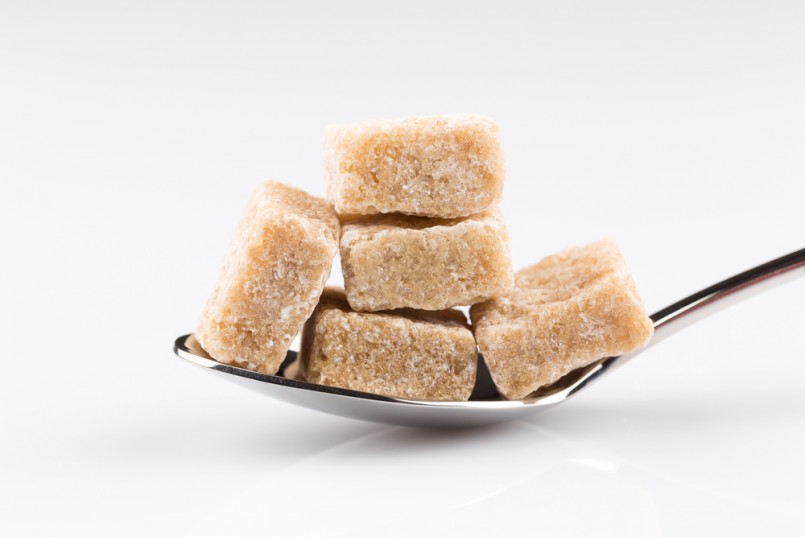
Image: Shutterstock/Roman Tsubin
Any nutritionist will tell you that cooking meals at home is the most effective way to maintain healthy eating habits. Unfortunately, all those meals of chicken breast, quinoa, and side salads start tasting bland really quickly. So what’s the health-conscious eater supposed to do? Think bold, of course! With so many diverse countries around the world, there are plenty of exotic spices and ingredients to help make your meals as vibrant as possible, starting this Cook Something Bold Day.
South America, for example, is comprised of twelve distinct countries with rich cultures, wonderful people, and delicious foods. While South American ingredients such as the cilantro, avocados, and limes are widely used in American cuisine, others like the aji pepper, feijoa, and panela are hardly ever purchased at the grocery store.
To spice up your next meal, try incorporating a few of these South American ingredients to add freshness, flavor, and wholesomeness to your life!
Panela
Those with a sweet tooth will appreciate the concentrated, rich flavor of panela. Created from boiled sugar cane, panela has a more developed flavor than brown sugar and is lower on the glycemic index. While scientists are still studying the health benefits of using panela over traditional table sugar, it’s clear that South Americans prefer it’s complex taste. Panela, which is traditionally sold in blocks or cones, is used in many delectable dishes like Cafe de Olla (a homestyle coffee drink) and Capirotada (a savory bread pudding with nuts and cheese). Look for panela in the Latin section at large grocery stores.
Feijoa
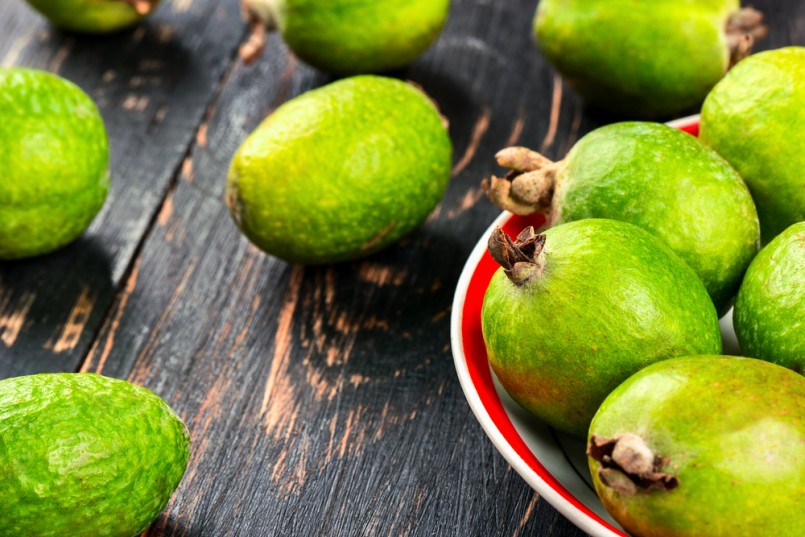
Image: Shutterstock/andregric
Indigenous to areas of South America such as Brazil, Argentina, Paraguay, Uruguay, and Colombia, feijoa is a type of flowering plant from the myrtle family. While shaped like a chicken egg, the greenish fruit is textured quite like a guava, giving it the nickname “pineapple guava.” Eat it fresh or include it in recipes like feijoa salsa, feijoa crostini, and feijoa coconut cake. You can even boil it down with sugar to create a syrup to flavor cocktails and tea! Feijoa also has added health benefits such as supporting digestive health due to it’s high fiber amount, low glycemic index score, low amounts of sodium, and high vitamin C levels. High potassium levels also contribute to improved memory, concentration, and focus for habitual indulgers.
Aji Pepper
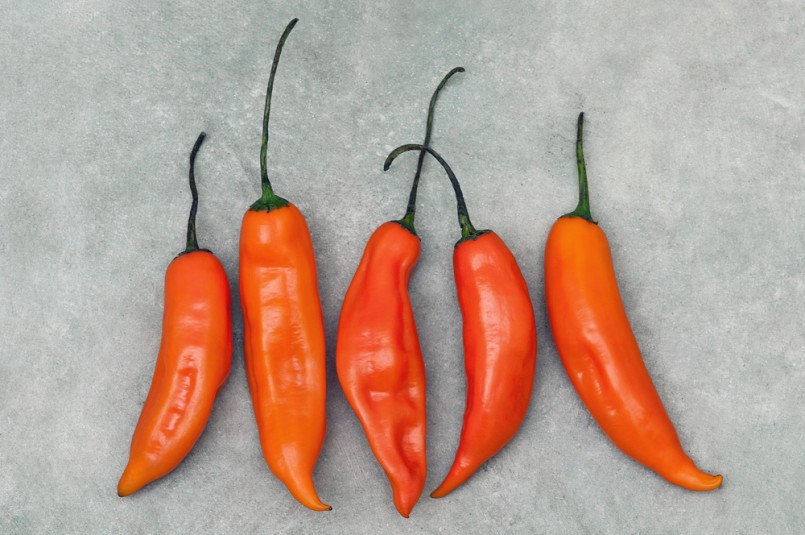
Image: Shutterstock/Hann Leon Stock
A broad name for several varieties of peppers cultivated in different parts of South America, aji peppers each have a distinct look, taste, and heat level on the Scoville scale. The umbrella term refers to the Lemon Drop (Peru, 15,000 – 30,000 heat units), aji amarillo (Peru, 40,000 – 50,000 heat units), aji norteño (northern coastal Peru, 45,000 – 75,000 heat units), amongst others. For reference, the more familiar jalapeño pepper reaches 2,500 – 10,000 heat units. A few popular dishes created with aji peppers are dipping sauce for chicken, enchilada sauce, and pepper-pineapple salsa. Look for aji amarillo paste in the Latin section at major grocery stores or in international markets.
Physalis
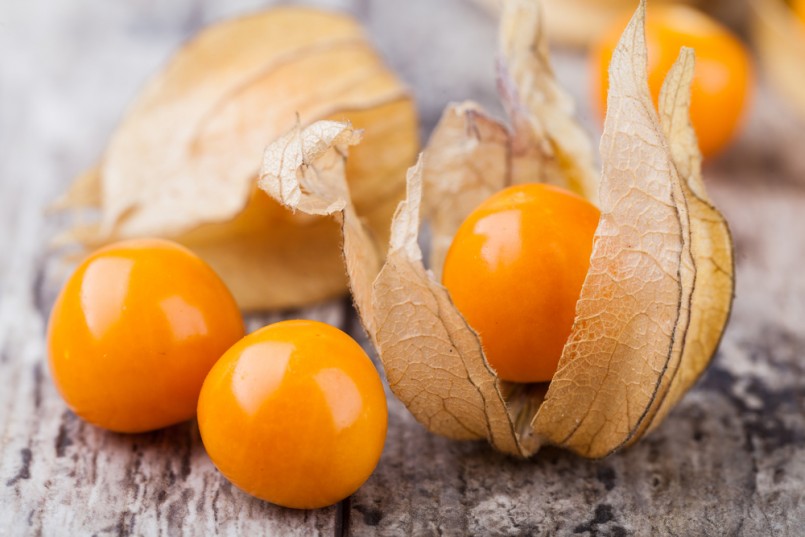
Image: Shutterstock/gresei
In the nightshade family, physalis is a savory, acidic fruit that resembles a tomatillo or cherry tomato. Found under a bulbous husk, the round fruit is often yellowish in color and tastes sweeter than the tomatillo. Physalis has an abundance of health benefits, such as extreme levels of vitamin C (twice the amount as found in lemons), eighteen kinds of amino acids (including all eight essential ones), and high iron levels. Eat these little fruits off the vine or by blending up interesting sauces in lieu of tomatoes. They can be added to freshen up soups, salsas, and savory pies, as well as be made into preserves and jam.

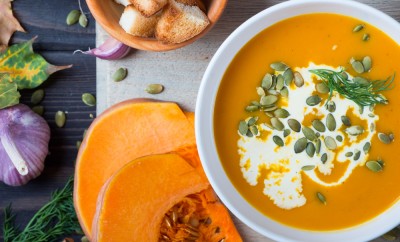

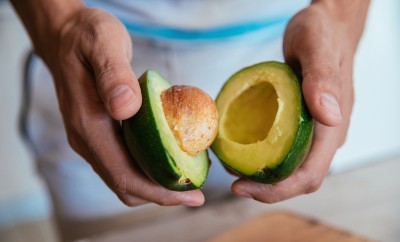

0 comments